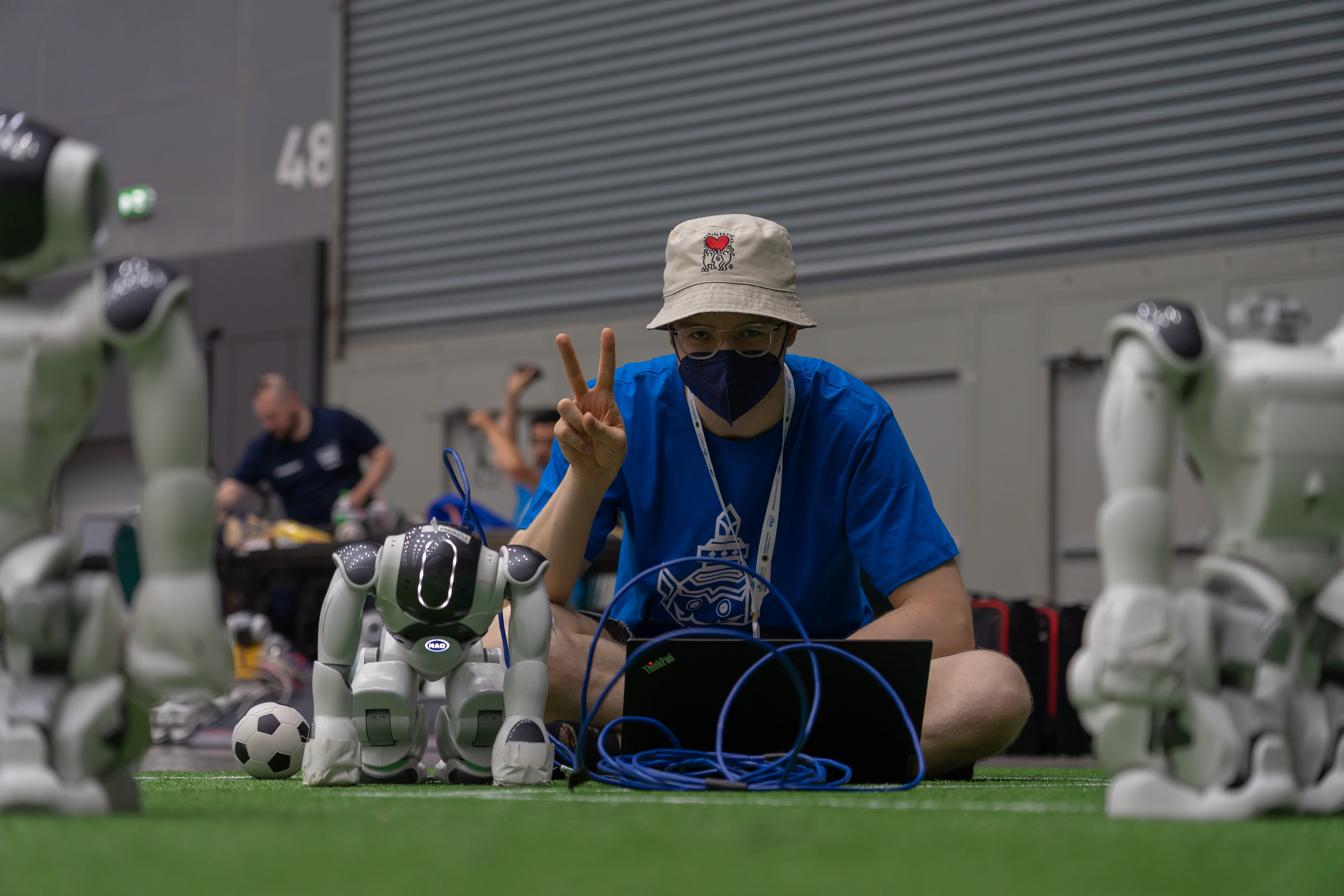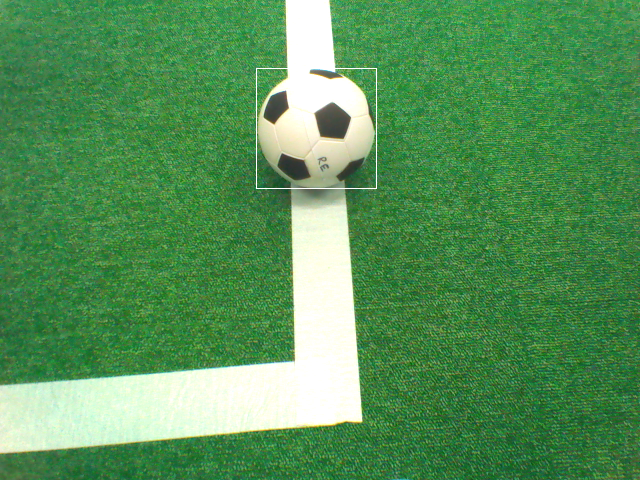Projects
Some of the projects I have worked on in the past.

Master’s thesis: Relations between variants of stochastic gradient descent and stochastic differential equations
In recent years, deep learning has caught the interest of many researchers. The progress in this field can be observed in its applications in robotics, medicine, physics and even in new generative AI technologies like ChatGPT and StableDiffusion. However, while the practical relevance of deep learning is undeniable, some underlying mechanisms and properties of these deep learning models are not well understood from a theory perspective. One particular topic of interest are the dynamics of parameters during the training process of neural networks. Most modern deep neural networks are trained using a variant of the prototypical stochastic gradient descent method (SGD). A recent work by Li et al. introduces a time-continuous model for the dynamics of SGD. In my thesis, I set out to investigate the applicability of this model to deep neural network. As a starting point, I used the work by Li et al. that introduces an efficient algorithm to simulate this time-continuous model.
Let me present an example to show how we can approximate the dynamics of a discrete optimization process by a continuous process: For a given set of points \(\{(x_i, y_i)\}_{i=1}^n\), where \(x_i, y_i \in \mathbb{R}\) for \(i = 1, \dots, n\), consider the linear regression problem:
\[\min_{w,b \in \mathbb{R}}\mathcal{L}(w,b) = \frac{1}{2n}\sum_{i=1}^n\left(w x_i + b - y_i\right)^2\]The iterates of the gradient descent algorithm with learning rate \(\eta > 0\) initial values \(w_{0},b_0 \in \mathbb{R}\) are given by
\[\begin{pmatrix} w_{k+1} \\ b_{k+1} \end{pmatrix} = \begin{pmatrix} w_{k} \\ b_k \end{pmatrix} - \frac{\eta}{n} \begin{pmatrix} \left(\displaystyle\sum_{i=1}^n x_i^2\right)w_k + \left(\displaystyle\sum_{i=1}^n x_i\right)b_k - \displaystyle\sum_{i=1}^n x_i y_i \\ \left(\displaystyle\sum_{i=1}^n x_i\right) w_k + nb_k - \displaystyle\sum_{i=1}^n y_i \end{pmatrix}.\]In the figure below, we can see the trajectory of the weight \(w\) and bias \(b\) for different choices of the learning rate \(\eta > 0\).
If we use a different scaling for the x-axis of the figure and interpret the learning rate \(\eta > 0\) as a time step, we observe that all trajectories coincide in the next figure.
Indeed, as we send the learning rate \(\eta > 0\) to zero, we obtain a system of ordinary differential equations:
\[\begin{pmatrix} w'(t) \\ b'(t) \end{pmatrix} = \frac{1}{n} \begin{pmatrix} - \displaystyle\sum_{i=1}^n x_i^2 & - \displaystyle\sum_{i=1}^n x_i \\ - \displaystyle\sum_{i=1}^n x_i & -n \end{pmatrix} \begin{pmatrix} w(t) \\ b(t) \end{pmatrix} + \frac{1}{n} \begin{pmatrix} \displaystyle\sum_{i=1}^n x_i y_i \\ \displaystyle\sum_{i=1}^n y_i \end{pmatrix}.\]This equation is a special case of the well-known gradient flow equation. For stochastic gradient descent there exists a stochastic generalization in form of a stochastic differential equation.
If you are interested in a more complete and rigorous introduction to this topic, check out my master’s thesis. Additional materials such as source code and talk slides can be found at my GitHub page.
Object detection in the RoboCup SPL

In the RoboCup SPL league, ten small humanoid robots compete in teams of five to score goals in a game of football. The robots play completely autonomously and once the game has started the robots are on their own. As a result, the robots need to detect field lines, other robots, the ball and the goal posts in order to plan their next move. The current implementation of the HULKs team is capable of locating balls in the camera image with high accuracy. However, the ability to detect robots is error prone and sensitive to light conditions. To compete in a variety of different environments I began working on an approach that jointly detects robots and balls.
I decided to build on the work of Liu et al. to train a Single Shot Detection network that outputs ball and robot detections with a single network pass. The idea of this network is to use a grid of fixed anchor boxes with different aspect ratios layered on top of the camera image. For each of the anchor boxes, the network predicts the relative bounding box off-set and a probability distribution over a class of objects.
Following the approach by the current world champion team B-Human, I scale the 480 x 640 images to 80 x 100 grayscale images. Then, I map the bounding boxes to a 8 x 10 fixed grid of anchor boxes size using the Jaccard index. The raw image and the transformed image are shown below.


The training loss is given by a weighted sum of the cross-entropy loss and the smooth L1 loss. The full source code for this project is available at my Github page